How Can We Make Cheese At Home?
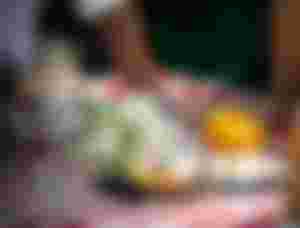
This is an essential data to Learn about how to make cheddar. It isn't implied as a recipe however as an extraordinary method for really getting to know the means of this old speciality.
Step 1: Start With Fresh, Warm Milk
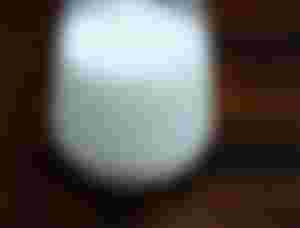
The more pleasant and the fresher the milk you use, the more flavorful your cheddar will be. I like to purchase my milk that very day I make it into cheddar. To warm the milk, you can either get it actually warm from the udder (where case you should be on a dairy homestead) or you can move it from the ice chest into a huge pot and warm it gradually on the burner.
Step 2: Acidify the Milk
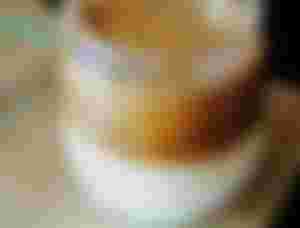
There are numerous ways of making cheddar yet the first 'parted in the street' is the way you ferment the milk. One way is to dump corrosive (vinegar or citrus extract) solidly into the milk to get the right acridity. This interaction (called direct fermentation) prompts cheeses like ricotta and mascarpone. The alternate method for acidifying the milk is to add societies, or living microbes. Given time, warmth and absence of contender microscopic organisms, these societies will gobble up the lactose in the milk, transforming it into lactic corrosive.
Step 3: Add a Coagulant
The most well-known coagulant is rennet, the name for a compound which makes the proteins in milk connect together. Be that as it may, the word 'rennet' is a piece obscure. Rennet can mean a 'customary rennet' which comes from a creature stomach. It can mean a 'bacterial' rennet, some of the time likewise indirectly called 'vegetable rennet' which comes from recombinant microscopic organisms (utilizing DNA from veal calf stomach cells). Or on the other hand rennet can emerge out of a parasite ('microbial' rennet). Utilizing the more broad and exact term 'coagulant', we can add in 'plant' coagulants which may be sap from a fig tree or a milk thorn.
Blend the coagulant into the fluid milk and hold on until a gel structures.
Step 4: Test for Gel Firmness
At the point when you've given the rennet sufficient opportunity to deal with the proteins in the milk, the milk will change from a fluid into a gel. You can test the 'doneness' of the gel by squeezing (with a spotless hand) onto the outer layer of the milk.
Step 5: Cut the Curd
The following stage is presently to chop the curd down from a goliath mass into more modest solid shapes or lumps. You can do this with a 'cheddar harp', with a blade or even with a whisk. The size to which you cut the curds will decisively impact how much dampness held in your last cheddar; the more modest the underlying pieces, the drier (and more ageable) the cheddar will be. Also, the other way around.
Step6: Stir, Cook and Wash the Curd
For the following a few minutes or even hour (contingent upon the recipe), you'll mix the curds in the tank. Perhaps, you'll switch on the intensity and cook the curds while you mix. During this stage, the main thing that is going on is corrosive is proceeding to foster inside the curd and, from the movement of your mixing, the curds are drying out. The more you cook and the more you mix, the drier your cheddar will be.
Washing is the most common way of eliminating a portion of the whey from the tank and supplanting it with water. This makes a milder, better, more flexible endlessly cheddar glue.
Step 7: Drain the Curds
At long last, now is the ideal time to isolate the curds from the whey. You could do this almost last step by essentially unloading the items in the pot into a colander in a sink. You could stand by 10 minutes to allow the curds to settle to the base then, at that point, press the curds together at the lower part of the pot prior to bringing them up and out of the pot in lumps. For the most part, we work rapidly as of now in the process since we need to preserve the intensity into the curds, empowering them to mush back together to shape a decent smooth wheel. Assuming we stand by too lengthy, the curds get cold and the cheddar self-destructs.
Step 8: Salt and Age the Cheese
When the curds have been isolated from the whey, you can add salt. Or on the other hand, you can move the curds into their last structures (or bins) and press the cheddar into a wheel prior to salting. In the event that a cheddar is salted, appropriately fermented and has the right measure of dampness inside, it tends to be matured into something more mind boggling. Or on the other hand it tends to be eaten right away - a similar second it
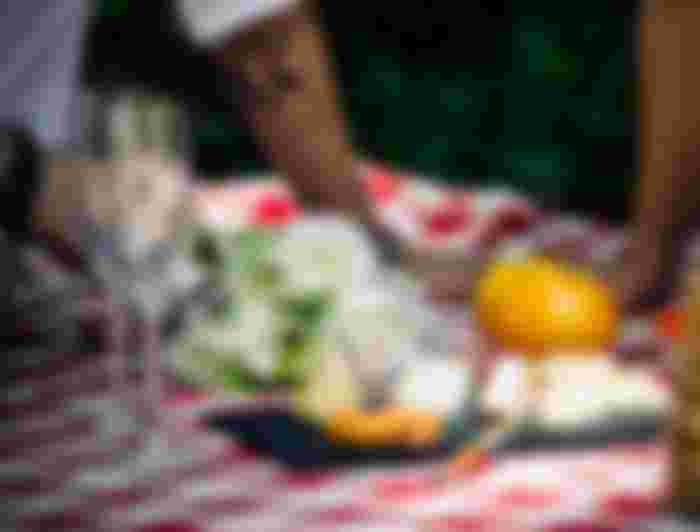
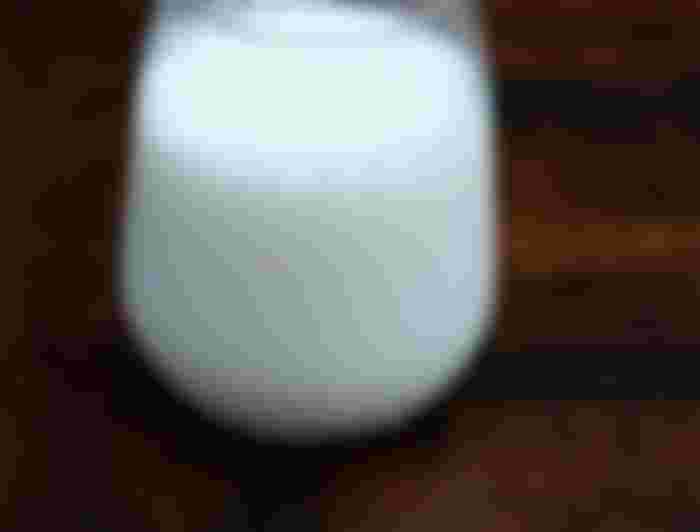

Its realy informative article